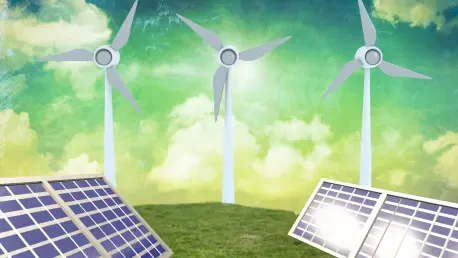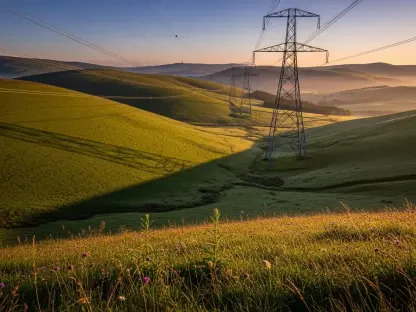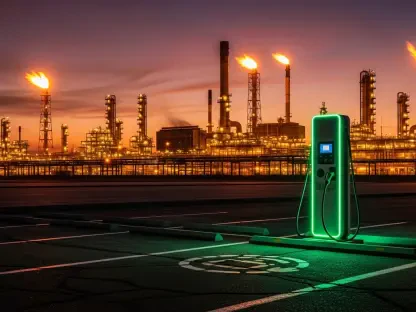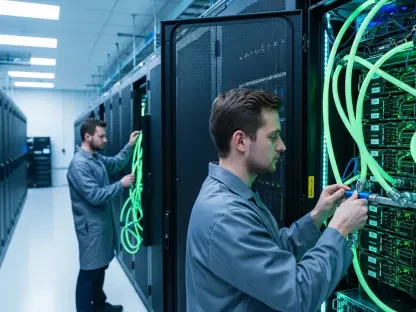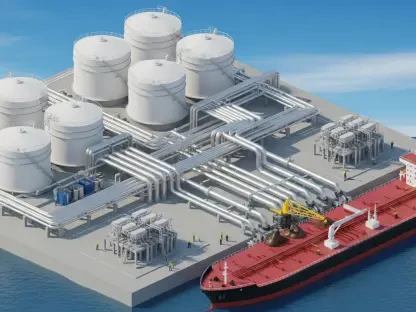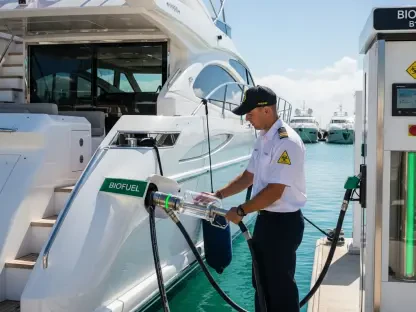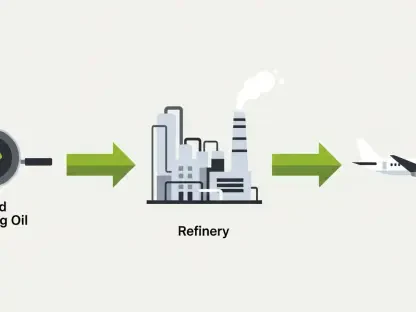The clean energy industry stands at a pivotal moment, with rapidly advancing technologies fostering significant transformations worldwide. Over the past year, investments in clean energy technologies and infrastructure have surged, eclipsing the figures linked to traditional fossil fuel-based systems. Innovations span solar, wind, and battery storage technologies, offering economic advantages by reducing both costs and deployment times. As the clean energy sector experiences such robust growth, the spotlight turns to legislators—particularly the U.S. Senate—and their role in steering this vast industry toward becoming a driver of economic prosperity and national security.
Overview of the Clean Energy Industry
The clean energy sector has rapidly evolved, presenting a wide array of technologies and applications across various segments, including solar, wind, and energy storage. This evolution underscores its economic and strategic importance, with leading nations vying for technological supremacy. Notably, the clean energy landscape involves numerous players, from innovative start-ups making strides in renewable technologies to established firms with extensive infrastructure and operations. Regulations play a crucial role in this environment, shaping market dynamics and enabling—or occasionally hampering—growth. Since critical incentives supporting clean energy infrastructure were revoked, industry stakeholders are now advocating for their restoration to maintain the competitive edge that the U.S. holds on a global scale.
Trends Shaping Clean Energy Innovation
Emerging Technologies and Market Drivers
Key trends within the clean energy sphere include the introduction and refinement of emerging technologies, the shift in consumer behavior toward sustainable practices, and opportunities for market expansion. Technologies such as advanced batteries and solar panels are at the forefront of innovation, complementing an increasing public and corporate awareness of environmental considerations. These dynamics, reinforced by geopolitical shifts and policy changes, propel the industry further. U.S. legislators now face the challenge of integrating incentives that match technological progress and align with national interest.
Market Projections and Data Analysis
Market statistics illustrate continuous growth, with clean energy investment figures having escalated, overtaking traditional fossil-based investments. Projections indicate sustained development as the demand for sustainable energy solutions intensifies. With the sector’s rapid expansion, growth indicators reveal opportunities to leverage clean technologies as a cornerstone for economic advancement while preserving U.S. competitiveness in the global arena. The emphasis is on strategic investments, policy reforms, and support mechanisms to guide further innovation.
Challenges in Clean Energy Innovation
Despite the promising growth trajectory, the clean energy industry faces ongoing challenges, including technological hurdles, regulatory constraints, and fluctuating market dynamics. Technological barriers remain, requiring sustained investment in research and development to ensure further advancements. Meanwhile, regulatory complexities demand adaptive strategies as governments refine their frameworks, seeking compliance without stifling progress. Addressing these multifaceted challenges will be crucial for maintaining the momentum of clean energy innovation and achieving long-term sustainability.
The Regulatory Context for Clean Energy
The regulatory landscape significantly influences the clean energy industry, guided by laws and standards affecting industry practices and innovation pathways. Current regulations sometimes present obstacles to the expansion of clean technologies, thus necessitating revisions that emphasize supporting innovation and compliance. Additionally, shifts in international policy frameworks underscore the need for robust national strategies to encourage clean energy adoption while ensuring they align with global objectives and fortify national interests.
Future Directions in Clean Energy
Anticipating future trajectories, the clean energy industry looks toward embracing technological innovations and capitalizing on emerging market disruptions. Consumer preferences increasingly favor sustainable choices, paving the way for advancements that align with societal priorities. Areas such as renewable energy grids, next-generation storage solutions, and clean mobility hold potential for extensive growth. With ongoing support and regulatory refinement, the industry is poised to remain a pivotal element in the global energy landscape, contributing to economic stability and environmental sustainability.
Conclusion and Strategic Recommendations
Reflecting on these findings, there is a compelling case for the Senate to play a proactive role in fostering clean energy innovation. This involves bolstering legislative frameworks that support critical incentives and allow the industry to thrive both domestically and internationally. Strategic recommendations emphasize continued investment in emerging technologies and ensuring policy alignment with global trends to maintain competitiveness. As the clean energy sector continues to evolve, informed legislative actions will be instrumental in securing long-term benefits for both the economy and national security, paving the way for a resilient and forward-thinking energy infrastructure.
